#OceanCleanup
Explore tagged Tumblr posts
Text
Free Digital Art Drop – Underwater Ocean Clean-Up Illustration

Hey Tumblr fam,
I just released a new AI-generated flat illustration featuring scuba divers cleaning the ocean — and it’s 100% free to download.
If you're into environmental awareness, marine life, or just love some vibrant flat design — this one’s for you.
Perfect for:
Eco blog headers
Educational slides
Creative edits or moodboards
Or simply spreading the good ocean vibes
Grab it now on Sheep XP – no sign-up, no price, just pure creativity.
Let’s make the world a little more beautiful — and a lot more conscious.
Download for free now
https://sheepxp.com/products/underwater-divers-cleaning-ocean-flat-illustration-digital-download
#FreeDigitalArt#UnderwaterIllustration#OceanCleanup#AIArt#FlatDesign#DigitalFreebie#EcoArt#MarineLife#TumblrArt#SheepXP#ArtDrop#ScubaDivers#SustainableAesthetic#FreeArtDownload
0 notes
Text
Combatting Ocean Pollution: Art as a Catalyst for Change
The health of our oceans is in jeopardy. From the Great Pacific Garbage Patch to oil spills and chemical runoff, the threats to marine environments are more severe than ever. As awareness increases, creative solutions are emerging to communicate the urgency of ocean pollution effectively. Among these, impactful visual art plays a crucial role. Discover how the "Ocean Atmosphere SaveThePlanet PollutionImpact" vector pack is making waves in the fight against marine pollution.
Understanding the Ocean Pollution Crisis
Our oceans, covering over 70% of the Earth's surface, are vital to life on our planet. They regulate climate, produce oxygen, and provide food and habitats for countless species. However, human activities are compromising these essential functions. Pollutants, including plastics, chemicals, and heavy metals, are infiltrating marine ecosystems, causing widespread damage. Addressing this issue requires not only scientific intervention but also effective communication strategies to engage the public.
The Role of Art in Environmental Advocacy
Art has always been a powerful medium for conveying complex messages and evoking emotional responses. The "Ocean Atmosphere SaveThePlanet PollutionImpact" vector pack harnesses this power to spotlight the devastating effects of ocean pollution. The artwork within this pack illustrates a dystopian vision of our oceans, featuring stark imagery of polluted waters, lifeless marine life, and toxic waste. Such visuals are designed to stir viewers and prompt immediate action.
How the Vector Pack Enhances Awareness
This vector pack is a versatile tool for anyone looking to make a difference. Comprising high-quality files in Svg, Ai, Eps, Png, Jpeg, and Pdf formats, it offers flexibility for various applications. Whether used in educational campaigns, social media posts, or merchandise, these graphics can amplify your message. The striking imagery serves as a reminder of the consequences of pollution and encourages individuals and organizations to take proactive steps in protecting our oceans.
Implementing the Art in Your Campaign
Utilizing the "Ocean Atmosphere SaveThePlanet PollutionImpact" vector pack in your outreach efforts can be highly effective. For educators, the artwork can enhance lesson plans and classroom displays, making the issue more relatable to students. Environmental groups can use these graphics in flyers, posters, and digital content to engage their audience and drive action. Businesses can incorporate the designs into branded products to raise awareness among customers.
Art as a Call to Action
The integration of compelling visuals into environmental campaigns can significantly influence public perception and behavior. The apocalyptic scenes depicted in this vector pack serve as a wake-up call, illustrating the potential future if current trends continue. By using art to highlight these urgent issues, we can inspire more people to support environmental initiatives and adopt sustainable practices.
Take a Stand Today
The fight against ocean pollution is ongoing, and every effort counts. By leveraging the "Ocean Atmosphere SaveThePlanet PollutionImpact" vector pack, you can play a role in raising awareness and fostering change. Use these powerful visuals to convey the gravity of the situation and motivate others to join the cause.
Our oceans are in desperate need of protection. Through art and awareness, we can work together to safeguard these vital ecosystems for future generations. Explore how this vector pack can enhance your efforts and make a meaningful impact in the battle against ocean pollution.
#SaveOurOceansFromPollution#ProtectOurOceans#EndOceanPollution#CleanSeasNow#OceanConservation#FightOceanPollution#SaveTheSeas#OceanCleanup#BeatPlasticPollution#HealthyOceans#BluePlanetPreservation
0 notes
Text


To provide one-stop service for your project.
Welcome to inquiry by whatsapp link: https://api.whatsapp.com/send/?phone=8615959262576
Whatsapp & Viber & Skype & WeChat: +86 15959262576
Email: [email protected]
#agricultural#pepipe#DripIrrigation#garden#outdoor#hdperollpipe#hdpecoilpipe#gaspipe#watersupplypipe#electricalpipe#ruralandmining#fluidandgastransfer#oceancleanup#drikingwater#sewerpipe#slurrytransferlines#ruralirrigation#firesystemsupplylines#electricalandcommunicationconduits#stormwaterpipes#drainagepipes#horizontaldrilling#goodquality#manufacturer#Seaorriveroutfalls#Marinepipelines#Culverts#Surfacewaterdrainage#Piperehabilitationandrelining
0 notes
Text
Oceans are full of plastic, but our policies are full of hot air.
0 notes
Text

NEW ARTWORK for 2024 on behalf of the Marvel Art Party Finup Book for The OceanCleanup - my take on an alternate Captain America

MARVEL Art Party is a discord server of many of your fave marvel fanartists, we produce books each year to raise funds for charity, this year is The Ocean Cleanup
BUY THE BOOK full color paperback for $10.40
artists featured: amadness2method, Amberdreams, artgroves, Call-Me-Kayyyyy, descaladumidera, DisturbedButGorgeous, haliaz, karadin, keire-ke, maichan808, PastaPapi, pocketcosmic, resonantpixels, sweatypeaches, sofreakinmanyfandoms, waterme-stories, XrDragonix, zarthhearth and special thanks to our artist/mods Cheermione, Heyboydraws, Rufferto
#marvel#fanart#marvel art party#captain america#karadin art#marvel pinups#the ocean cleanup#amadness2method#artgroves#Call-Me-Kayyyyy#descaladumidera#DisturbedButGorgeous#haliaz#karadin#keire-ke#maichan808#pocketcosmic#resonantpixels#sofreakinmanyfandoms#watermestories#zarthhearth#Cheermione#Heyboydraws#Rufferto
18 notes
·
View notes
Text
AI-Powered Innovation Supercharges Ocean Cleanup: A New Era for Environmental Sustainability
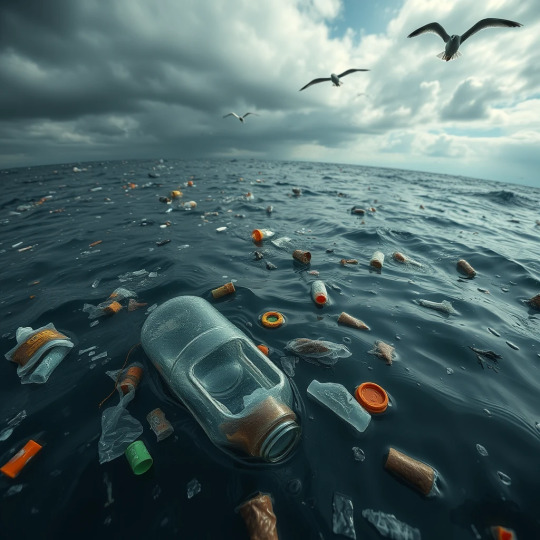
As plastic pollution in the world’s oceans reaches unprecedented levels-over 170 trillion particles-new research is proving that artificial intelligence can be a powerful ally in the fight for a cleaner planet. A recently published study in Operations Research introduces an advanced AI-driven routing algorithm that optimizes the paths of plastic-collecting ships, increasing collection efficiency by more than 60%.
Key highlights:
🔹The Ocean Cleanup, a global nonprofit, has integrated this algorithm into its operational software, allowing real-time adaptation to changing ocean conditions and maximizing plastic collection per sweep.
🔹The breakthrough nonlinear optimization model identifies the best collection routes within seconds, even on a massive scale.
🔹This approach is already delivering results in the Pacific Ocean and could be adapted for other large-scale environmental challenges, from river pollution to disaster recovery.
Why is this important?
🔹It demonstrates that AI and analytics can be leveraged for sustainability-not just in tech or finance, but for solving pressing ecological crises.
🔹The solution supports the United Nations Sustainable Development Goal No. 14 (Life Below Water), amplifying the impact of existing infrastructure without the need for major new investments.
🔹This is a concrete example of how advanced technology and environmental action can go hand-in-hand, inspiring the next generation of leaders to innovate for a better world.
What can You do?
🔹Reduce your plastic footprint by choosing reusable products and minimizing single-use plastics.
🔹Support and collaborate with organizations focused on ocean conservation and clean technology.
🔹Advocate for policies that promote sustainable waste management and plastic reduction.
🔹Stay informed and educate others about the impact of plastic pollution and the power of technology in environmental solutions.
🔹Explore careers or projects that combine technology and sustainability to drive real-world impact.
How do you think technology can help solve other environmental challenges? Share your ideas below!
#AIForGood #Sustainability #OceanCleanup #EnvironmentalInnovation #PlasticPollution #SDGs #NextGenLeaders
0 notes
Text
Unit 5: Social Media and Nature Interpretation
Hi readers!
In today’s day in age, we are surrounded by social media. When exploring nature, we often feel inclined to take a picture and share it with others. Our photographs capture the beauty of nature. Photography can be a form of artistry. This week, I wanted to investigate how social media has impacted nature interpretation. Has it made the industry too saturated? Or is it allowing interpreters to expand their audience?

https://thenounproject.com/photo/group-of-young-people-hiking-in-nature-and-looking-at-cell-phone-47Xxab/
I figured there is no better way to approach this than a good old pros and cons list. With the help of Facets’, Evaluating the Benefits and Risks of Social Media for Wildlife Conservation, I will make a list that is applicable to nature interpretation.
First, the cons.
As we know, social media dictates a lot of what we do. Platforms like Tiktok, Instagram, Facebook, Snapchat, YouTube, etc.. all have the potential to reach a wide audience. It has been seen time and time again where places gain traction due to viral posts online. However, this can potentially be harmful to the conservation of the landscape. Greater traction is amazing in the eyes of education. But larger groups can potentially lead to; damaged habitats from foot and vehicle traffic, wildlife interruption and larger amounts of littering and pollution, which impact the native plant and animal species.
Also, social media has potential to distract from the interpretation’s true intention. Many have become obsessed with the idea of getting the perfect picture or going viral. Environmental interpretation tells a story. Whether it be about conservation, appreciating the beauty in nature, creating personal connections and improving well-being, science in nature, or acknowledging indigenous culture, interpretation is done with planned intention. However, this meaning can be lost as people are too distracted in getting the perfect picture that matches their aesthetically pleasing feed.
As there are negatives, there are also so many benefits to the use of social media in interpretation.
Likewise, the world is at our fingertips. If you want to reach a large audience, there is no better place than the internet to do it. This is beneficial in environmental interpretation as there is greater awareness. People from all over can be not only further educated on an array of topics, but they can learn about places out of their geographic reach. For example, I am from Canada, but I love keeping up with Chris Burkard’s Instagram as he travels the globe. Social media has allowed him to use his voice and share his photography with almost 4 million followers.

https://www.instagram.com/chrisburkard/?utm_source=ig_embed&ig_rid=ffb8a718-a1d2-4cda-8ab5-b87970e37708
Additionally, with the rise of bandwagons, social media can be utilised in nature and wildlife preservation. An interpreter can spread awareness through various social media platforms. Social media allows people to come together and take action. An example of this is the #OceanCleanup project. People from all over are joining this trend to remove plastic and debris from the ocean. To protect the ecosystem, and allow us to interpret and appreciate the ocean for years to come.
Overall, social media in interpretation is a tool that should be used for the greater good. I think it is good to be used in moderation. If visiting a popular place, maybe try researching the impacts of tourism on the environment and indigenous people first. There could be even better options out there that won’t destroy natural landscapes. Moreover, taking photos is an awesome way to express the beauty of nature through art, but should be done within the right context.
Nonetheless, I am not against the use of social media and nature interpretation. This blog is a form of social media!
I would love to hear others’ opinions on this matter.
Do you think social media is good for nature interpreting?
References
Haines, R. J., & Williams, L. J. (2021). The role of social media in wildlife conservation: A systematic review. Facets, 6(1), 1-25. https://doi.org/10.1139/facets-2021-0112
0 notes
Text

We love them #OceanCleanup https://theoceancleanup.com/donate/ http://dlvr.it/T8SXfl
1 note
·
View note
Text
I'm still angry about the oceancleanup post. Stop all falling for it. Be better than that. I'm begging you.
#it's a scam it's a scam it's a scam it's a scam#you are all apparently very not immune to marketing strategies#and no it's not a case of 'people only criticize it because they refuse to accept imperfect solutions'#it's just bad!! every marine biologist agrees!! ten out of ten marine biologists hate this stupid thing! biologist not-recommended!#I thought you all liked marine biologists on this site but evidently not#if you think that some rando rich dude who doesn't even set foot on boats can fix a problem that he knows nothing about#with a bulldozer solution that considers no factors except 'get rid of the most visible part of the problem'#with 0 regard for#idk#the ocean#real 'we saved the city' while the city burns around him energy#did you know: ecosystems matter#even the ones you don't know about#I can guarantee you that someone knows about them#and knows much better than you do the kind of harm that will come to the world if you DESTROY THEM#because you are so focused on one part of the problem#that you refuse to see how the problem has woven itself into how the world works#you cannot just pluck a gigantic layer of an ecosystem out and wipe your hands of it#because like it or not: the trash is entangled in the oceans ecosystems and removing it will harm them#if you're not very careful about how you do so#and if you don't listen to goddamn scientists#fluffle talks
0 notes
Text
Nem tom, nem vagyok mikrobiológus, tippre tesztelni kell, de simán lehet h nem terjednek el [mittomén pl rövid az életciklusa pet kaja nélkül]. Mindenesetre bíztatóbbnak érzem mint pl az oceancleanup (?) meg a többi begyüjtő kezdeményezést, akiknek drukkolok, csak amikor büszkén hirdetik h kinn voltak egy hetet és majd tíz tonna hulladékot összegereblyéztek haleluja. Majd ezt egy szennyező teherhajón elszállítják és majd a földön lesz vele valami. Csak a great garbage patch-et 2 millió tonnára becsülik..
A Coca-Cola meg rohadjon meg, anno sikerült üvegben is árulniuk. A halászok szintén meg majd kenderből kötik és halásszák az amúgy 2050re összeomló halpopuláció maradékát.
Researchers have genetically engineered a marine microorganism to break down plastic in salt water. Specifically, the modified organism can break down polyethylene terephthalate (PET), a plastic used in everything from water bottles to clothing that is a significant contributor to microplastic pollution in oceans. "This is exciting because we need to address plastic pollution in marine environments," says Nathan Crook, corresponding author of a paper on the work and an assistant professor of chemical and biomolecular engineering at North Carolina State University. "One option is to pull the plastic out of the water and put it in a landfill, but that poses challenges of its own. It would be better if we could break these plastics down into products that can be re-used. For that to work, you need an inexpensive way to break the plastic down. Our work here is a big step in that direction." To address this challenge, the researchers worked with two species of bacteria. The first bacterium, Vibrio natriegens, thrives in saltwater and is remarkable—in part—because it reproduces very quickly. The second bacterium, Ideonella sakaiensis, is remarkable because it produces enzymes that allow it to break down PET and eat it.
Continue Reading
426 notes
·
View notes
Text
Dive Deep, Save Oceans: Cape Verde's Freediving & Conservation Connection

Discover the captivating world of freediving and marine conservation in Cape Verde! 🌊🐢 Dive into this exciting journey as we explore:
Cape Verde's diverse marine biodiversity 🐠
Human impact on ocean life 🎣
Freediving's role in raising ocean awareness 🏊♂️
Sustainable tourism & community involvement 🌱
How you can contribute to ocean protection 🌎
Dive in and make a difference! 💙 Read the full article here: Freediving and Conservation in Cape Verde
#freediving#marineconservation#capeverde#oceanawareness#sustainabletourism#oceancleanup#protectouroceans#ecotravel
2 notes
·
View notes
Text
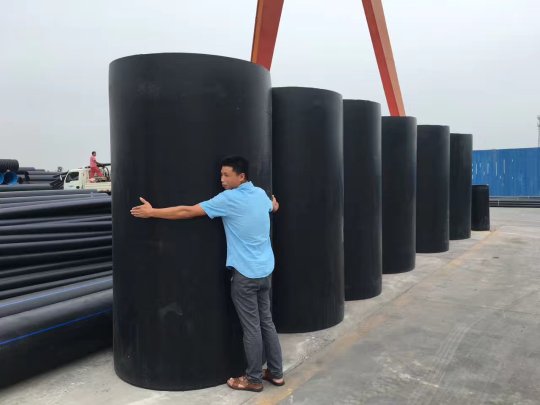
Super-sized piping solutions for high-volume flow
-Lightweight and impact resistant
-Corrosion and chemical resistant
-Flexible and fatigue resistant
-Installation is cost effective saving time and money against alternatives
Welcome to inquiry by whatsapp link: https://api.whatsapp.com/send/?phone=8615959262576
Whatsapp & Viber & Skype & WeChat: +86 15959262576
Email: [email protected]
#agricultural#pepipe#DripIrrigation#garden#outdoor#gaspipe#watersupplypipe#electricalpipe#ruralandmining#fluidandgastransfer#oceancleanup#drikingwater#sewerpipe#slurrytransferlines#ruralirrigation#firesystemsupplylines#electricalandcommunicationconduits#stormwaterpipes#drainagepipes#horizontaldrilling#goodquality#manufacturer#Seaorriveroutfalls#Marinepipelines#Culverts#Surfacewaterdrainage#Piperehabilitationandrelining
0 notes
Text
The Ocean Cleanup Project Removes Over 100,000kg Of Plastic From Great Pacific Garbage Patch
The Ocean Cleanup project has removed over 100-thousand kilograms (220-thousand pounds) of plastic from the Great Pacific Garbage Patch (GPGP). The Dutch nonprofit organization behind the largest ocean cleanup project in history has reached a monumental milestone. The Ocean Cleanup announced on Twitter that they had removed more than 100-thousand kilograms of plastic from the gyre of trash in the central North Pacific Ocean known as the Great Pacific Garbage Patch.
The Ocean Cleanup was started in 2013 by then 18-year-old Dutch-born inventor-entrepreneur Boyan Slat with a goal of using technology to clean up the world’s waterways. After testing multiple versions of their ocean cleaning technology in the North Sea, the group set their sights on the GPGP in 2018. Slat says that it took them years to collect the first 8-thousand kilograms of plastic, but in the last few weeks they’ve been collecting that amount every four days.
The milestone is important because The Ocean Cleanup estimates that 100-thousand kilograms represents about one-one thousandths (1/1000 or 0.1%) of the total amount of trash in the GPGP. They believe the newest version of their tech will be able to collect that amount every month and if they can get ten of their machines out there cleaning up the Pacific ocean, they’ll be removing that much every few days. Of course, the problem will never go away as long as people are careless with their garbage, but for the first time ever, someone is making a significant dent in the existing problem.
Source: Twitter

#Good News#GoodNews#GPGP#TheOceanCleanup#GreatPacificGarbagePatch#Environmentalism#Milestone#Ocean#OceanCleanup#Plastic#PlasticWaste
2 notes
·
View notes
Text
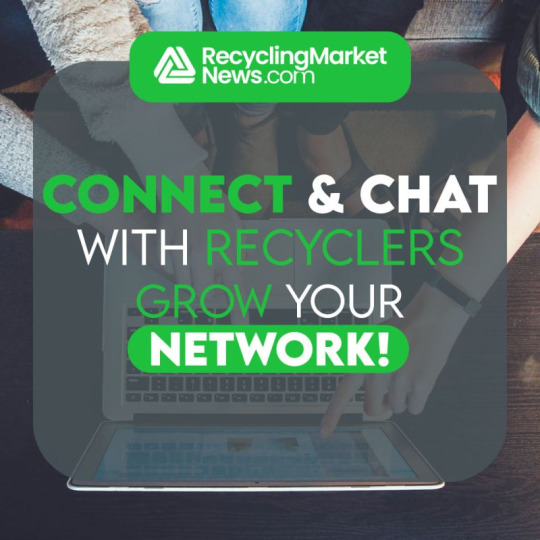
New feature added - Chat! | Recycling Market News
Now, you can communicate directly with Recyclers on our platform (Recycling Market News) and grow your network.
#Recyclers#CircularEconomy#RecyclingCompanies#WasteManagement#Environment#Plastics#Metal#Scrap#Cardboard#Paper#WEEE#Textiles#Wood#Glass#OceanCleanUp#Closeloop#oceanplastic#oceancleanup#oceanpollution#recycle#metalrecycling#recyclingindustry#paperindustry#paperpackaging#papermills#papermachine#Packaging#packagingdesign#packagingsolutions#packagingindustry
2 notes
·
View notes
Text
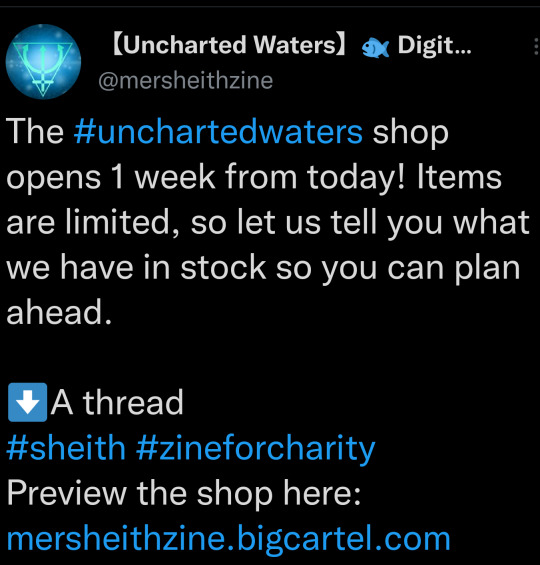
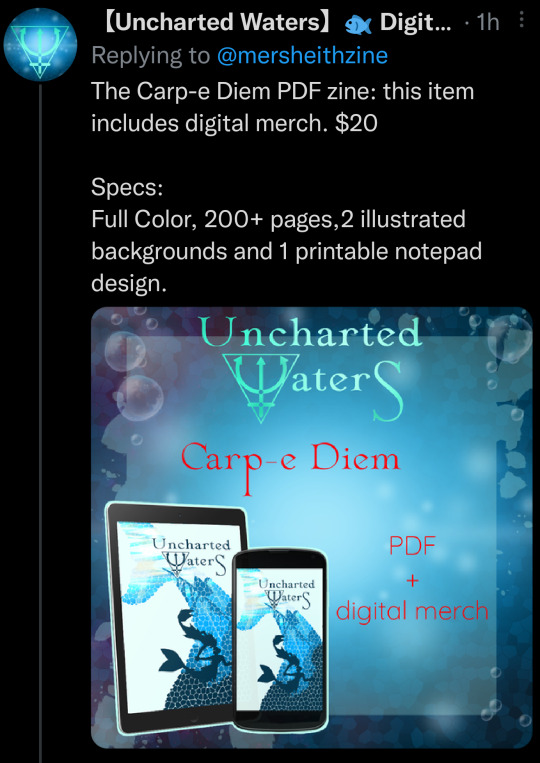
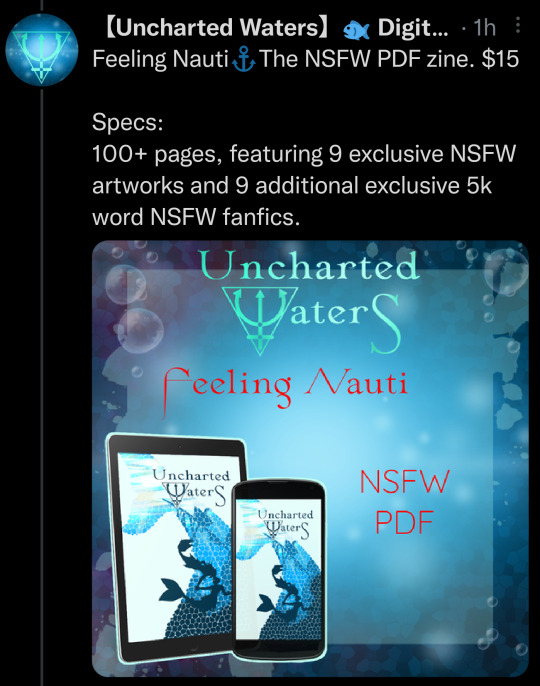
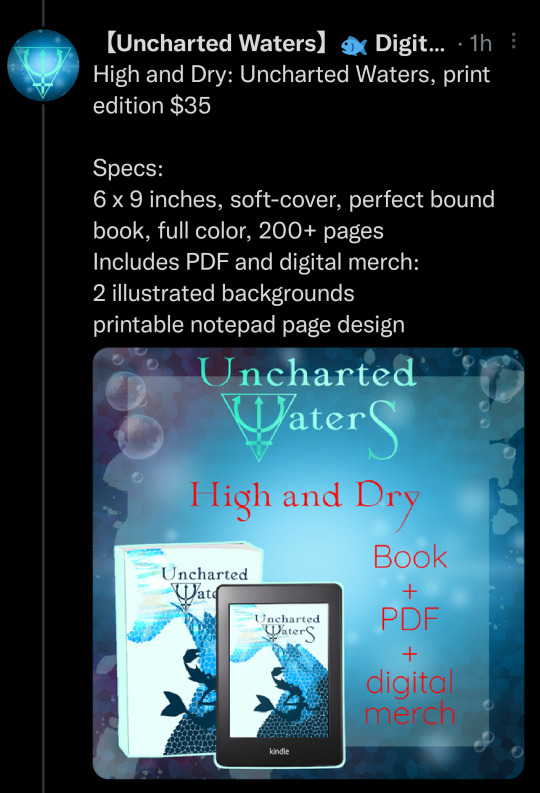
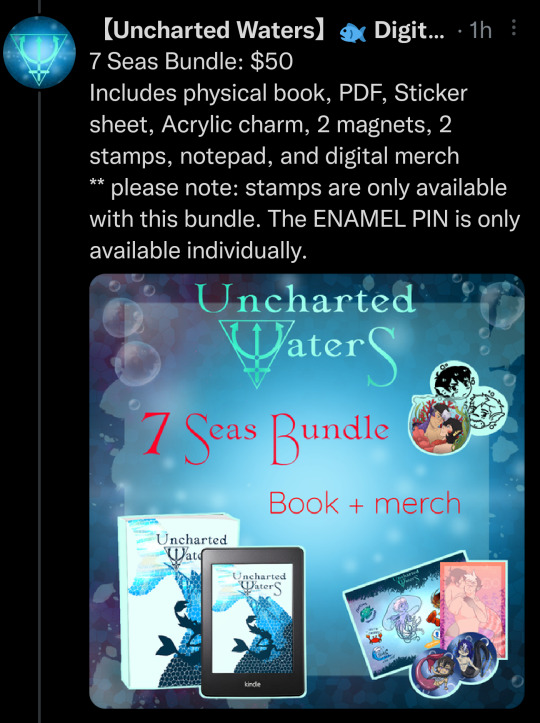
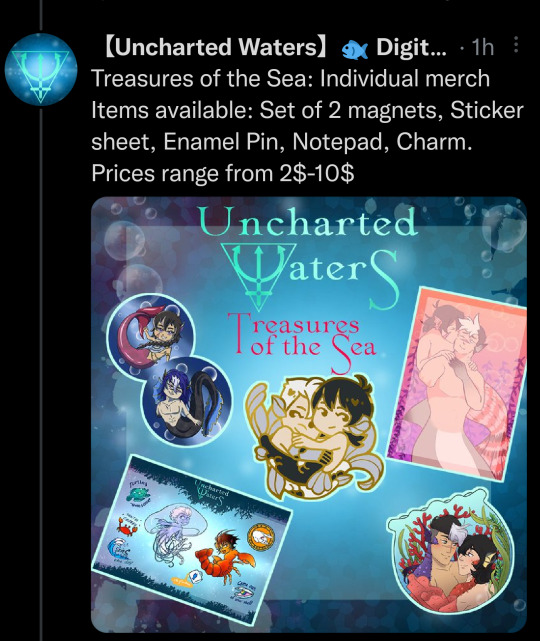
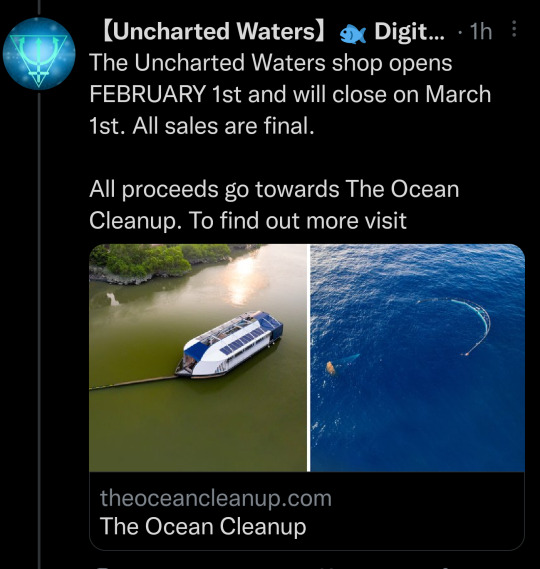
Uncharted waters shop re-opens February 1st. Check out whats available, because items are going to go fast!
#sheith#mersheithzine#voltron#update#vld#zine#zinespotlight#unchartedwaters#zineinfo#charityzine#oceancleanup
4 notes
·
View notes
Photo

When an island of trash threatens the ocean digimon, Alex and her partners do their part in cleaning up!
#digimon#ocean#oceancleanup#digimonfanart#digimonoc#liollmon#dorumon#dolphmon#crabmon#fanart#fanoc#oc#digidestined#digimontamers#art#digitalart#digitalfanart#digital illustration
15 notes
·
View notes